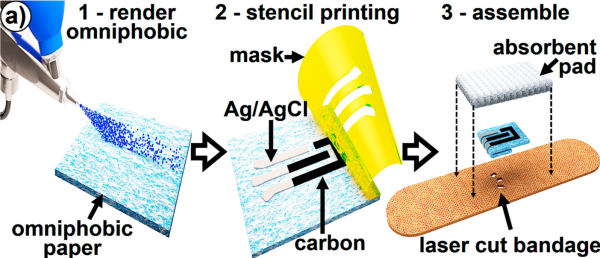To the uninitiated, it might seem like a gimmick to 3D print pharmaceuticals. After all, you take some kind of medicine, pour it in a mold, and you have a pill, right? But researchers and even some commercial companies are 3D printing drugs with unusual chemical or physical properties. For example, pills with braille identification on them or antibiotics with complex drug-release rates. The Universidade de Santiago de Compostela and the University College London can now 3D print pills without relying on a layer-by-layer approach. Instead, the machine produces the entire pill directly.
According to a recent report on the study, there are at least two things holding back printed pills. First, anything medical has to go through rigorous testing for approval in nearly any country. In addition, producing pills at typical 3D printing speeds is uneconomical. This new approach uses multiple beams of light to polymerize an entire tank of resin at once in as little as seven seconds.
With 3D printed drugs, it is possible to tailor release profiles for individual cases and make hybrid drugs such as a French drug that joins anticancer drugs with another drug to manage side effects. Is this a real thing for the future? Will doctors collect enough data to make it meaningful to tailor drugs to patients? Will regulators allow it? For hybrid medicine, is there really an advantage over just taking two pills? Only time will tell.
Sure, technology can help dispense pills. We know, too, that 3D printing can be useful for prostheses and medical devices. We aren’t so sure about pharmaceuticals, but in the meantime you can already order custom-printed vitamins.














